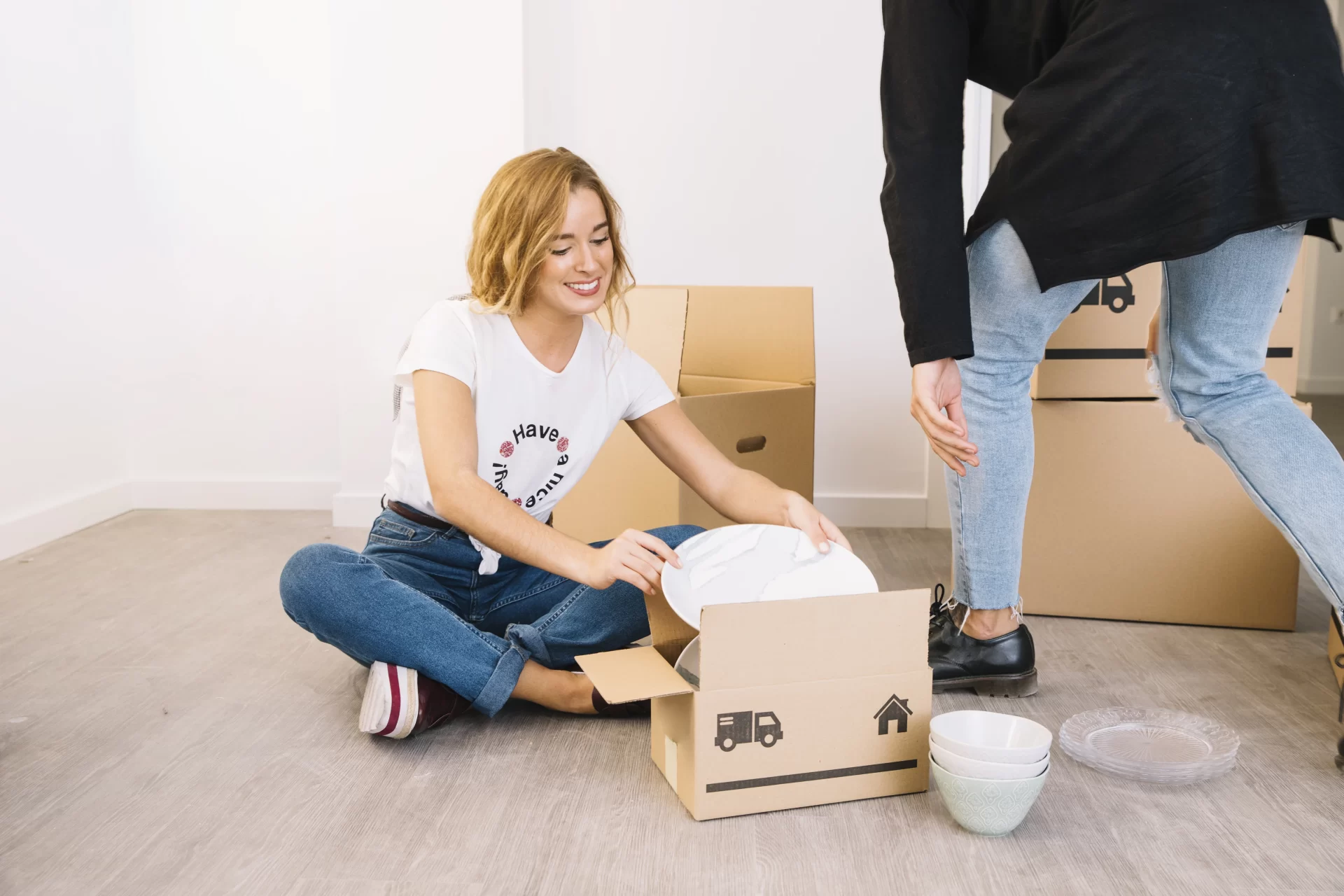Moving Preparation: Secrets of Packing Fragile Items for Long-Distance Moves
Transporting fragile items over long distances moving can be stressful, especially without proper preparation. Correctly packing such items not only preserves their integrity but also reduces the likelihood of damage during transit. In this article, we will explore the secrets to safely packing and transporting fragile items.
1. Preparation for Packing
Before you begin packing, it’s important to take inventory of fragile items. Identify what requires special attention and gather the necessary packing materials. You will need:
- Cardboard boxes of various sizes — choose sturdy boxes that won’t collapse under the weight of your items.
- Bubble wrap — ideal for packing glass, porcelain, and other fragile materials.
- Newspaper or packing paper — helps to further protect items and fill empty space in the box.
- Foam inserts and corner protectors — effectively shield the corners and edges of items from damage.
- Marker for labeling — to mark fragile items and indicate which side should be facing up.
2. Packing Glass and Porcelain Items
Glass and porcelain are among the most fragile materials and require special care. Here are some tips for packing them:
- Wrap each item individually. Use bubble wrap or soft packing paper to fully protect each item. The more layers, the better.
- Fill empty spaces. When placing items in the box, it’s important that they don’t move around. Use newspaper or foam inserts to fill any gaps.
- Place items vertically. Glass and porcelain plates, as well as glasses, should be placed vertically to prevent them from breaking under pressure.
3. Protecting Electronic Devices
Electronic devices also require a special approach. These items are not only expensive but also sensitive to shocks and vibrations.
- Use original boxes. If you have kept the original boxes for TVs, computers, and other electronics, it’s best to pack the equipment in them. These boxes are designed with protective inserts that minimize the risk of damage.
- Pack in multiple layers. Wrap the device in bubble wrap, then place it in a box filled with foam or packing paper.
- Pay attention to cords. Bundle cords and place them in separate bags to prevent tangling and damage.
4. Packing Antiques and Artwork
Antiques and artwork require special attention during packing and transportation as they are often not only fragile but also unique.
- Wrap paintings or sculptures in special fabric. Use protective fabric that won’t leave marks on the surface.
- Reinforce corners and edges. The corners of picture frames can be further protected with foam corner protectors or special guards.
- Use rigid boxes. For large pieces of artwork, choose rigid wooden or plastic boxes that provide maximum protection.
5. Labeling Boxes
Don’t forget to properly label boxes with fragile items. Write “Fragile” on each of them and indicate which side should be facing up. This will help movers and yourself handle these items correctly.
6. Insurance Against Damage
Even with the most careful precautions, there is always a risk of damage. Therefore, don’t overlook the insurance of valuable fragile items. Contact your mover to learn about available insurance options.
7. Choosing Professional Services
If you have particularly valuable or difficult-to-pack items, consider hiring professionals. Specialized companies offer packing and transportation services for fragile items, significantly reducing the risks.
Conclusion
Transporting fragile items over long distances requires special attention and careful preparation. By following the tips provided, you can minimize risks and ensure the safe transportation of your belongings. Don’t forget the importance of proper packing, labeling, and insurance — these steps will help keep your valuable items intact.









